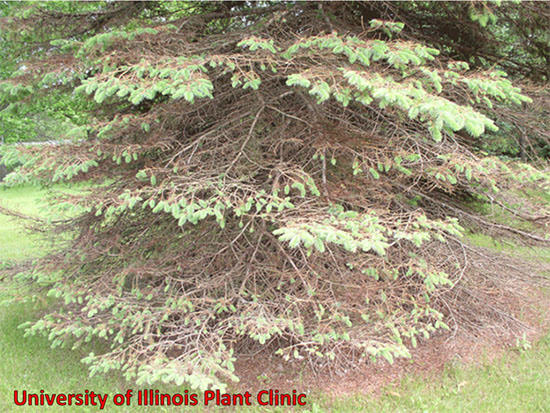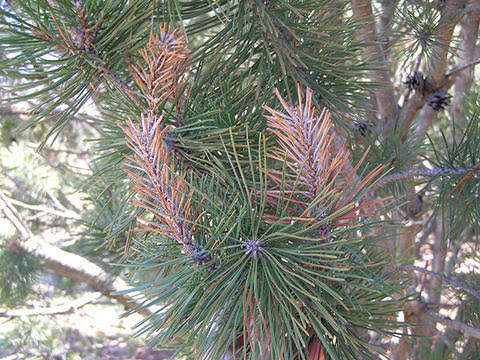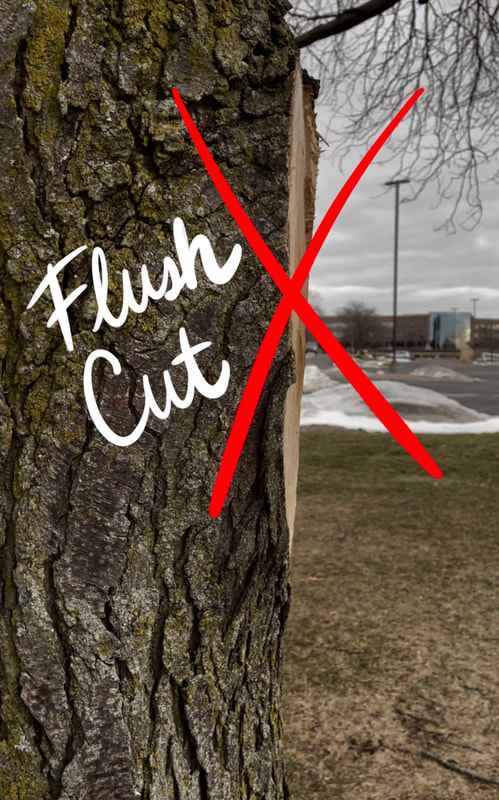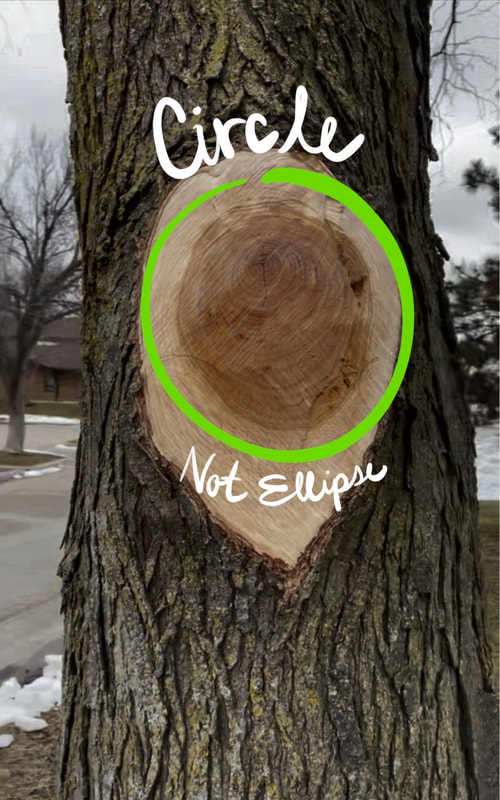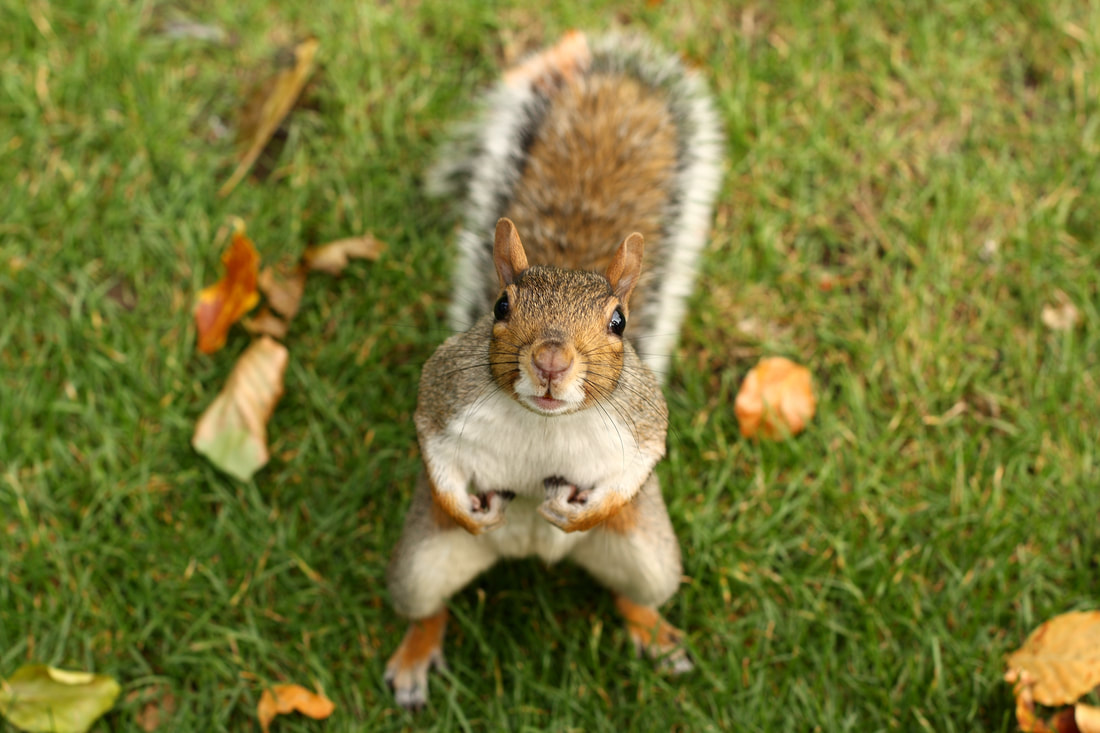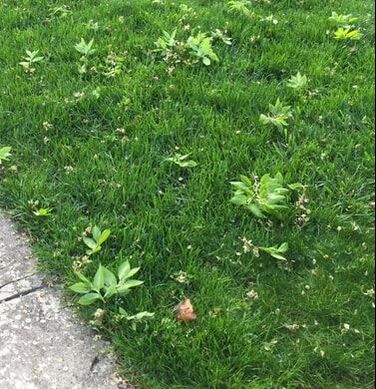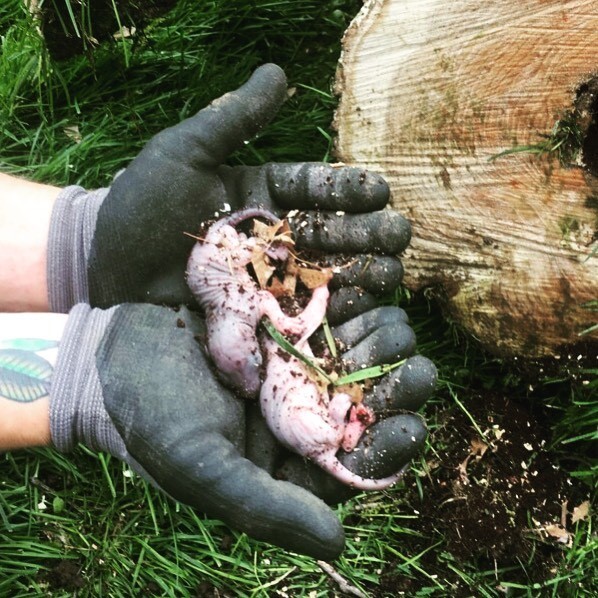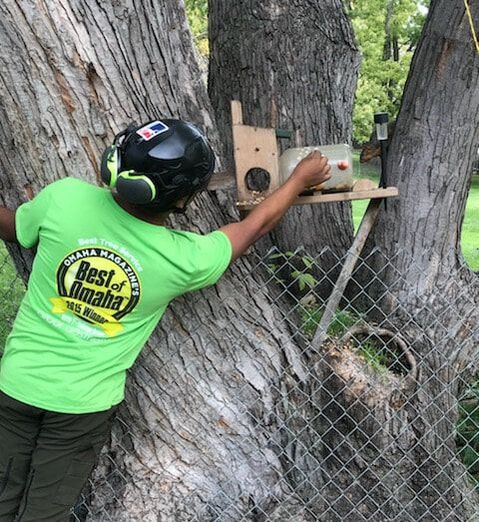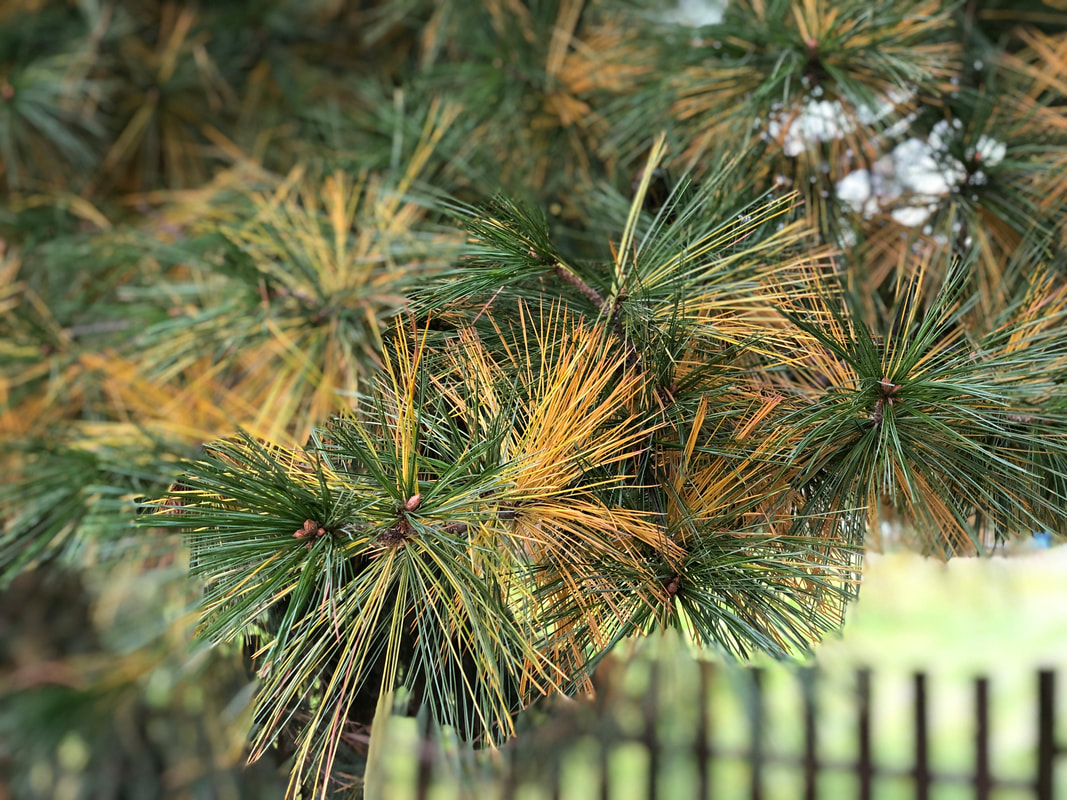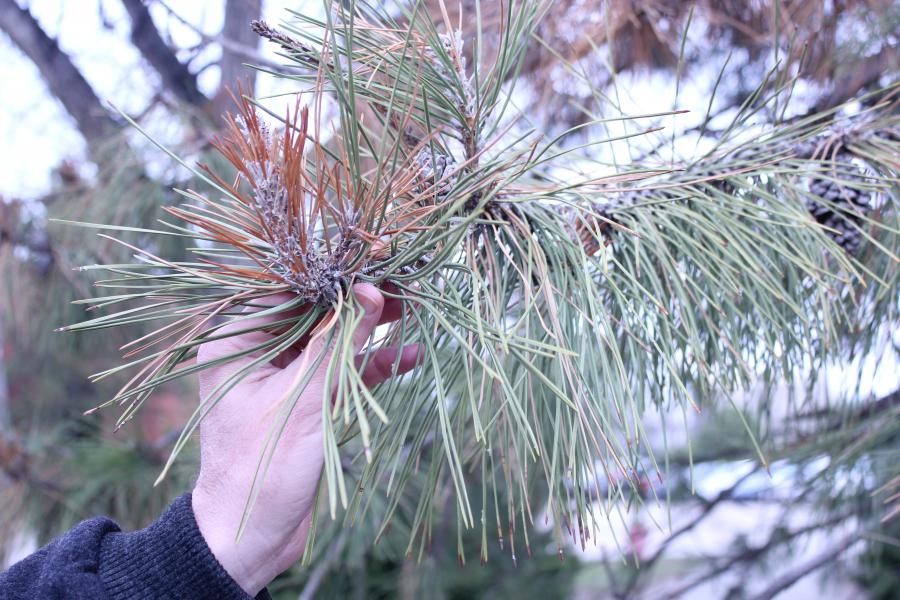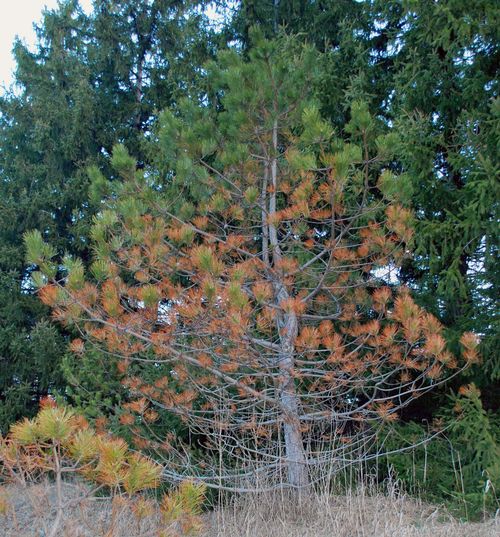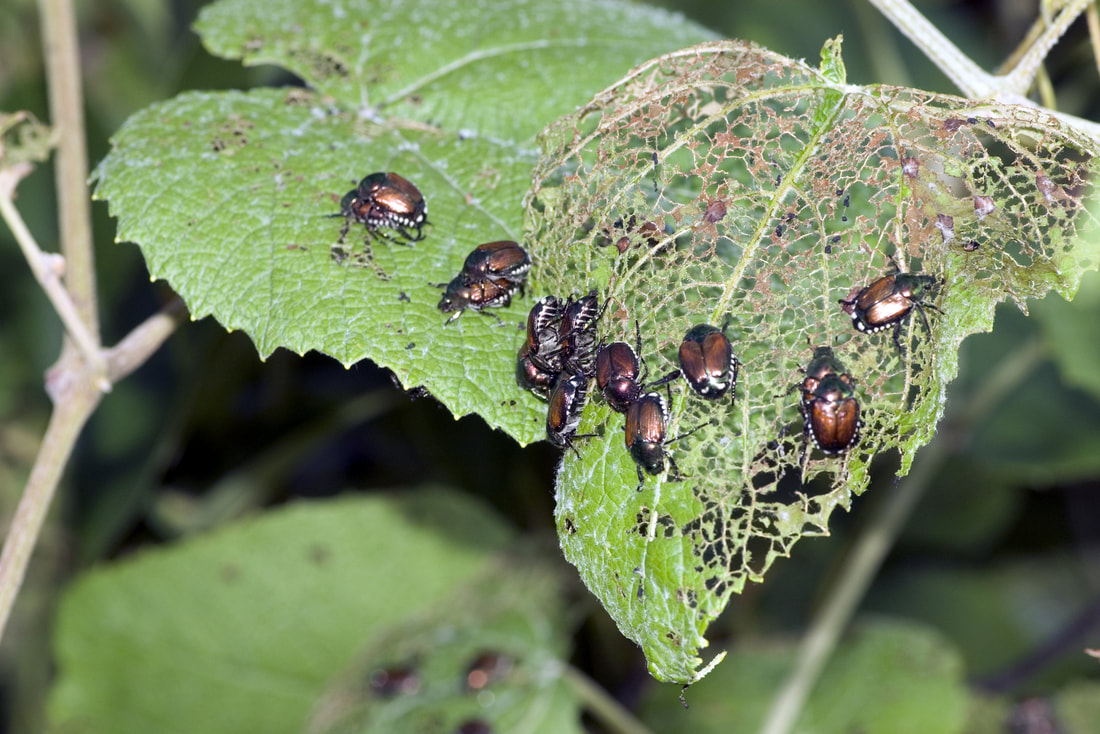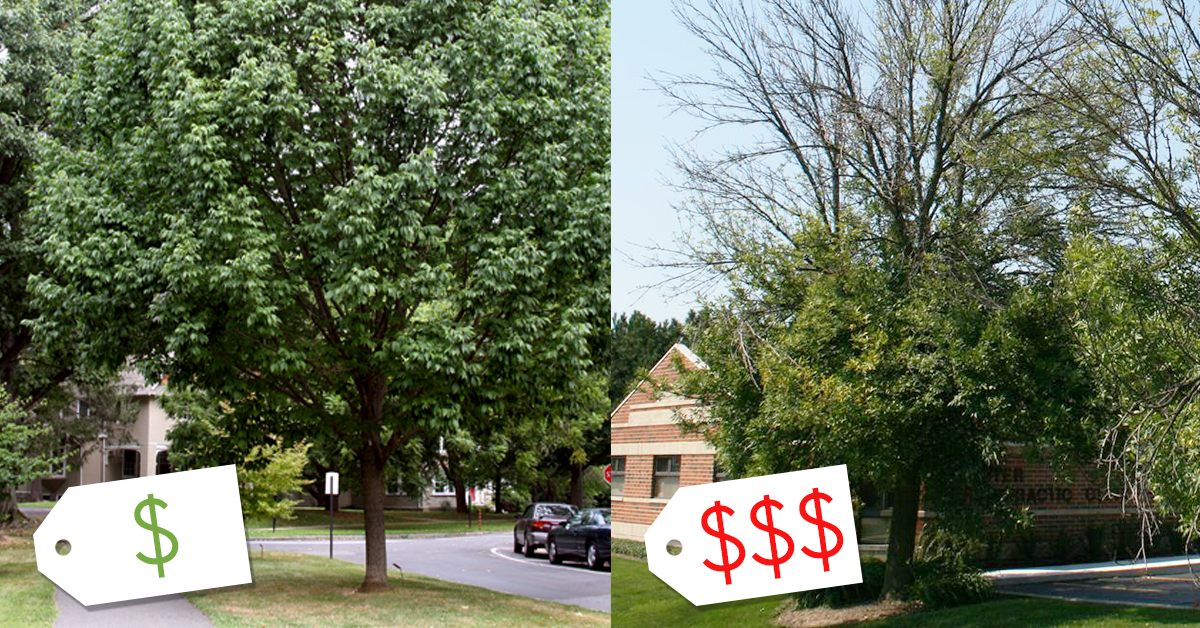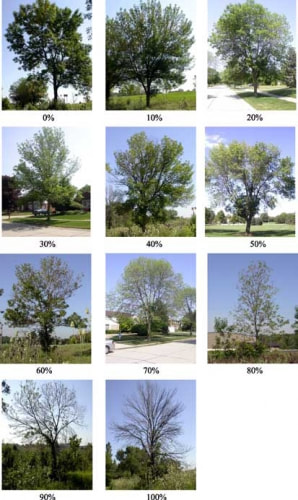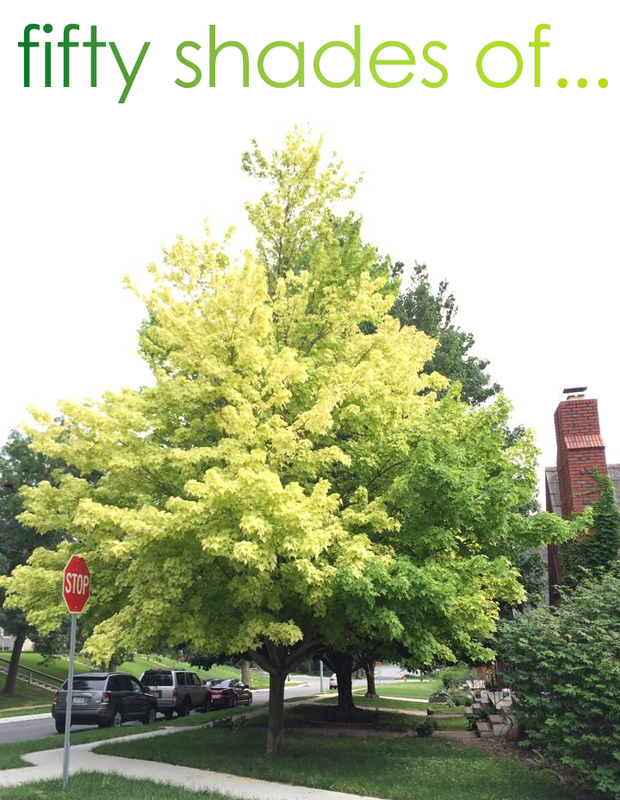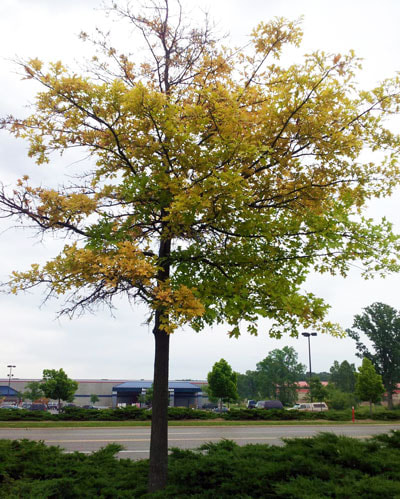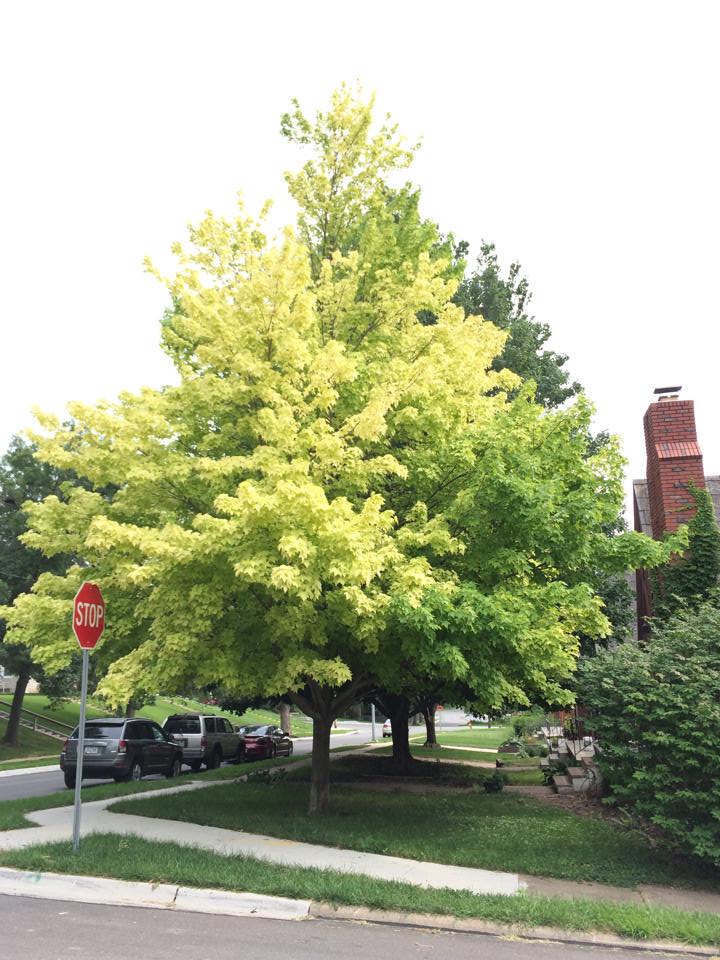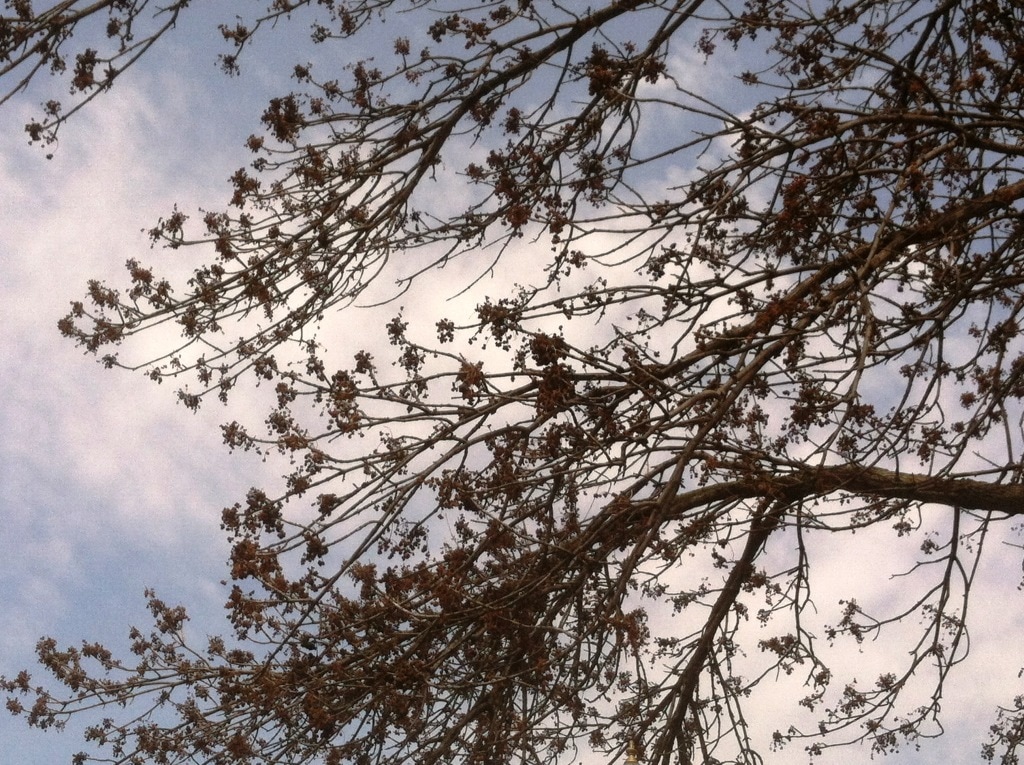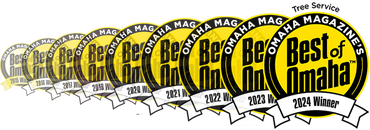SPRUCE TREES
PINE TREES
15 Comments
What can you do?First, watering “sensitive” trees on warm (40 degree plus) days can help. If the hose is shut off, a 5 gallon bucket of water or two at the base can help. Trees/shrubs at the highest risk include dwarf Alberta spruce, arborvitae, junipers, boxwoods, young redbuds and Japanese maples. HOW WE CAN HELPWe offer anti-transpirant, or, “wilt proof” sprays. Applied once or twice a season, these sprays coat the evergreens in a waxy material that locks in moisture. In some cases, these sprays can mean the difference between happy healthy lush evergreens, and replacing a whole row of arborvitae.
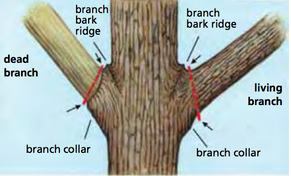 Tree trimming is an essential component of tree care in an urban setting. Limbs need to be removed over streets and sidewalks, away from roofs and gutters, or even in the yard if the homeowner needs to be able to walk under the tree. Removing these limbs may seem straightforward, and one might be tempted to remove them in such a way that it appears the limb never existed, by way of cutting it completely flush with the trunk. This is what we call a "flush cut" and it is an improper pruning technique that can cause serious harm to your tree. Trees have a response to wounding, coined "Compartmentalization of Decay in Trees" or "CODIT." A tree "walls" off decay in four layers of bark tissue, preventing decay from moving vertically, radially and tangentially. When a wound occurs naturally, the tree gets to work using its own defense mechanism to keep decay-causing fungi from spreading. When a wound occurs during routine tree pruning (yes - it's a still a wound!), a trained arborist can take steps to ensure the tree is given its best shot at using its CODIT system. Maintaining the branch collar is critical in tree pruning and allows the tree to form a proper callus around the wound. The illustration to the right shows a clear swelling of tissue at the branch collar as the tree is preparing to shed a dead limb naturally. Trees know what they're doing! When we prune live limbs, we can use this as a model for where to make our cut - by not cutting into the branch collar. The branch bark ridge is not always obvious, and when it is not easy to identify the collar, we consider it best practice to come away from the trunk slightly. It would be better to leave more of a stub than it would be to cut into the branch collar. In general (and certainly not in all cases), a proper pruning cut will result in a circular wound or as close to a circle as possible. In the photos, you can see the elliptical shape of the cut where the flush cut was made parallel to the trunk, but not perpendicular to the branch, resulting in a vertical ellipse where we can see the branch collar was removed. If you are unsure where you make a proper pruning cut, it's best to consult a certified arborist. You can read more about DIY Pruning in a previous blog post. SOURCES
Bark stripping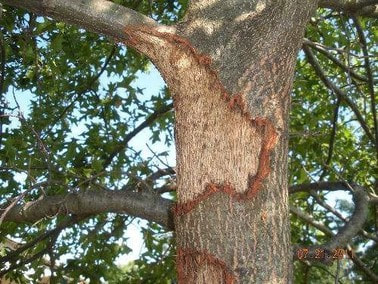 Stripped bark from squirrels. Stripped bark from squirrels. In years when food is scarce for squirrels (such as last year when the maple trees did not produce many seeds due to a late frost), they can resort to eating bark to meet their nutritional needs. If this is happening, we recommend offering an alternative food and water source, such as nuts and seeds, to deter them from stripping the bark. Stripping bark can expose the xylem of the tree, leaving it susceptible to insects and diseases. They can also potentially girdle a tree and cause long term damage. Research indicates that bark stripping has a higher occurrence following a "mast year" where trees produce a bumper crop of fruits and seeds, which may correlate with a higher population of juvenile squirrels. Here is an excellent article from Ohio State University about bark stripping. EATING TREE BUDStree trimming to protect young squirrels
Yes, they might be called "evergreens," but not even conifers keep their needles forever. Why are they called evergreens? Because the tree holds onto its needles for longer than a year before letting them go. With new needles coming in, the tree appears to always be keeping its needles. It's not unlike your hair. Your hair is constantly falling out, but new hairs are also constantly growing in (thank goodness!) Needle drop sometimes happens without us even noticing, since it's the inner needles that fall. Needle drop in Eastern White Pines, like the one pictured above, tends to be more obvious than other species. Here is a handy chart from the University of Nebraska's Backyard Farmer of how long common pine trees grown in Nebraska hold onto their needles:
When do I need to worry about needle drop?If a tree is stressed from things like drought, root damage, insects or diseases, needle drop will be exacerbated and you'll want to work to reduce those stressors. That's what we're here for! A Certified Arborist can diagnose the issue or simply give you the reassurance you're looking for that your tree is healthy and happy just doin' it's thang. If your tree is starting to look like the photos below, you'll definitely need to investigate further. The trees below are suffering from Diplodia tip blight and Dothistroma needle blight - both of which can be remedied with a series of fungicide sprays in the spring. If you aren't sure, it never hurts to set up a free consultation to put your mind at ease when you're trying to protect your trees. NOT normal!
Life Cycle
When not preoccupied with feeding, the beetles find time to mate and lay eggs (what a life!). Eggs are laid near the soil surface, and the newly hatched larvae tunnel in late summer to overwinter in the soil until the next season. While the adults feed solely on trees and shrubs, the larvae feed on grass roots and can cause problems for the turf. Brown patches in the yard that easily pull up are a sign of grub issues. On top of that, it’s not uncommon for animals such as skunks, opossums, and raccoons to dig in the yard for a tasty treat. ControlOn a positive note, Japanese beetles can be controlled to minimize damage. If you’ve had issues with grubs killing the lawn, you or your lawn company should put down a granular insecticide early in the spring to help kill grubs. Most professional lawn services have this built into their maintenance program. This can help your lawn but won’t do much for your trees, as the beetles will still fly in from neighboring sites. Treatment for trees is best done preventatively using systemic insecticides placed in the soil that travel up through the roots and into the leaf tissue, thus killing the beetles as they feed. It's important to note that none of these treatments act as repellants. The beetles must feed on the leaves in order to die. The timing and chemical required depend on the type of tree or plant. Birches, elms, buckthorns, and other non-flowering trees and shrubs can be treated with imidacloprid in the spring once a year, at least a month prior to beetle emergence. This product is not registered for flowering trees, however, as it has been associated with the decline in pollinator populations. For lindens and fruit trees, acephate can be injected in the soil at the time of beetle emergence, which can provide 4-6 weeks of control. For last minute applications when systemic insecticides will be too slow to be effective, foliar sprays will be effective. Sprays with bifenthrin or permethrin will provide two weeks of control, and will need to be repeated until mid-to-late August when the beetles stop feeding. (Yes, Arbor Aesthetics offers all of these treatment options!) Traps: Are they effective?A common question is whether or not to use pheromone traps in the yard. The short answer is NO. Don’t do it. Studies have shown the traps bring in more beetles than they catch, and will draw in beetles in from an even larger area.
Dylan Willis, Plant Healthcare Specialist B.S. Forest Science ISA Certified Arborist Now that the Emerald Ash Borer has made its way to Omaha, homeowners with ash trees have an important decision to make: remove the tree, or preserve the tree. The solution isn't always simple, and we have conversations with each of our clients, taking into account each of their unique circumstances and needs. During these conversations, we find our clients' plans fall into one of these four categories:
DO NOT WAIT UNTIL YOUR TREE DIES TO REMOVE IT!
DEAD TREES ARE MORE EXPENSIVE TO REMOVEThe longer you wait to remove your tree, the higher the price tag. Healthy trees can be climbed or accessed in a straight forward manner. Dead or dying trees that have become brittle are extremely dangerous to remove and may require expensive equipment, such as a crane. That cost is passed onto the homeowner. Oftentimes, the cost of tree removal isn't based on the tree's size alone. It is based on the tree's location and accessibility, the amount of material being hauled away, and the risk associated with removing it. Is the tree near a structure? Does the tree pose a great-than-average risk to the workers removing it? SAVE MONEY; SAVE A TREE CARE WORKERTree removal is a risky business. In 2016 alone, 92 fatalities were reported to the Tree Care Industry Association. This number has increased every year since 2013, and it is no coincidence that as EAB sweeps across the U.S., dead and dying ash trees are changing the scene and increasing risk for tree care companies and their workers. This risk is not limited to the tree care company - it could extend to the homeowner, as well. That's why it is ESSENTIAL that the tree care company you hire carries liability insurance AND worker's compensation insurance, so that if an injury or fatality were to occur, you are protected. Always ask to see current insurance certificates before hiring a tree care company, and understand that a company providing a low-ball bid may not be adequately covered by insurance. If you are collecting bids and one is significantly lower than the others, consider it a red flag and ask questions. WATCH FOR CANOPY DIE-BACK
Our Treatment MethodArbor Aesthetics uses a macro injection system to flush iron (and/or manganese, depending on the species) directly through your tree's vascular system via injection sites at the root flare. These treatments are performed in the fall and can provide up to three years of green, happy leaves for your tree!
|
AuthorAmy Grewe, Certified Arborist & Co-Owner Categories
All
Archives
April 2024
|

